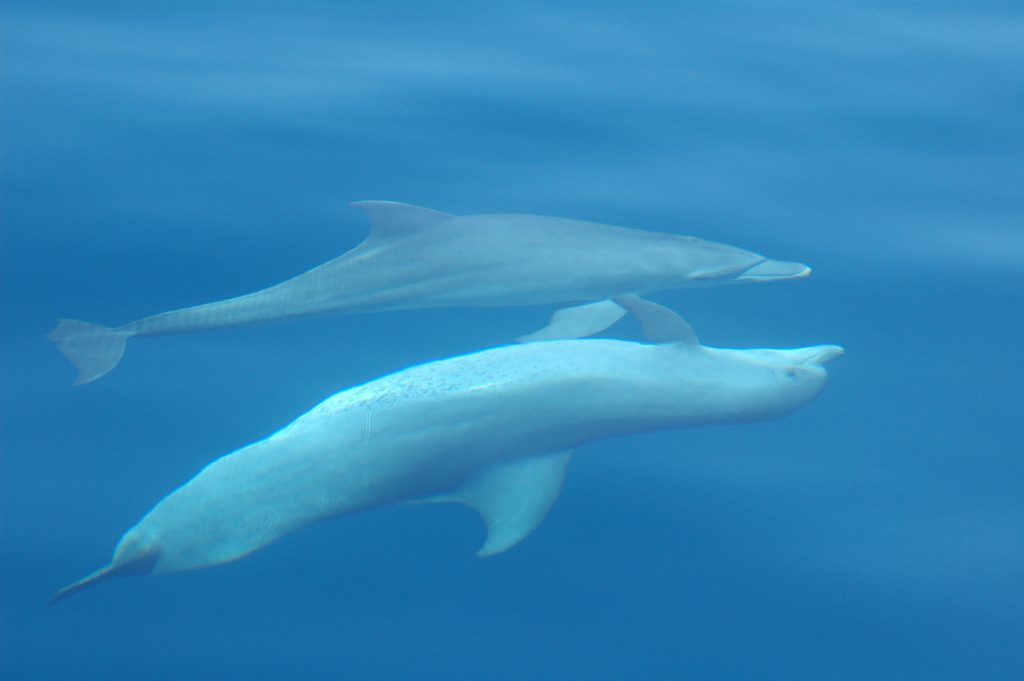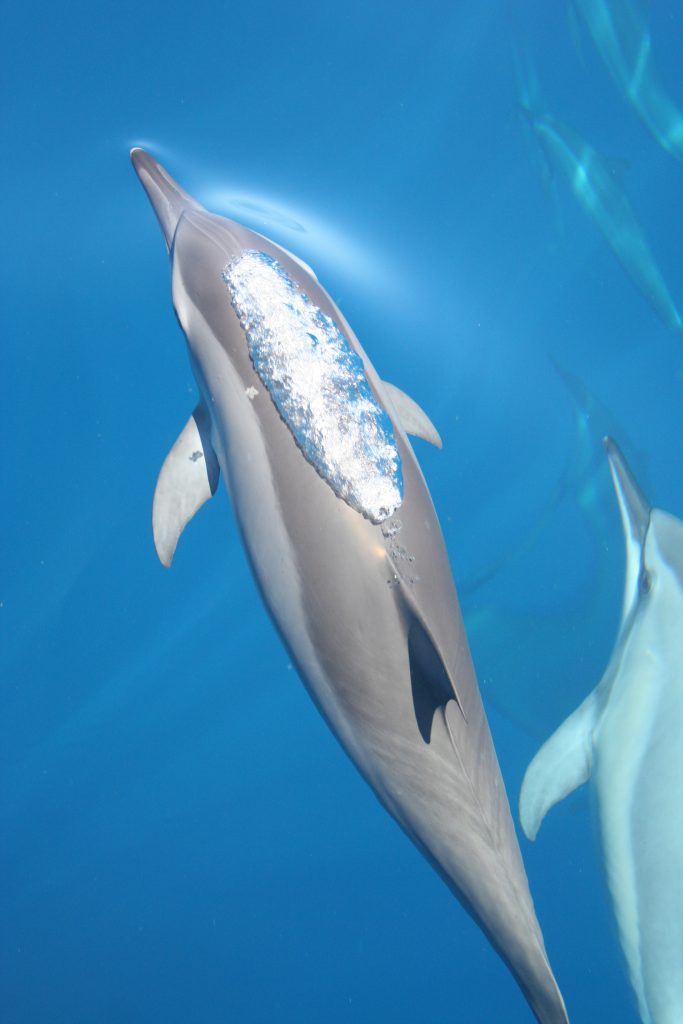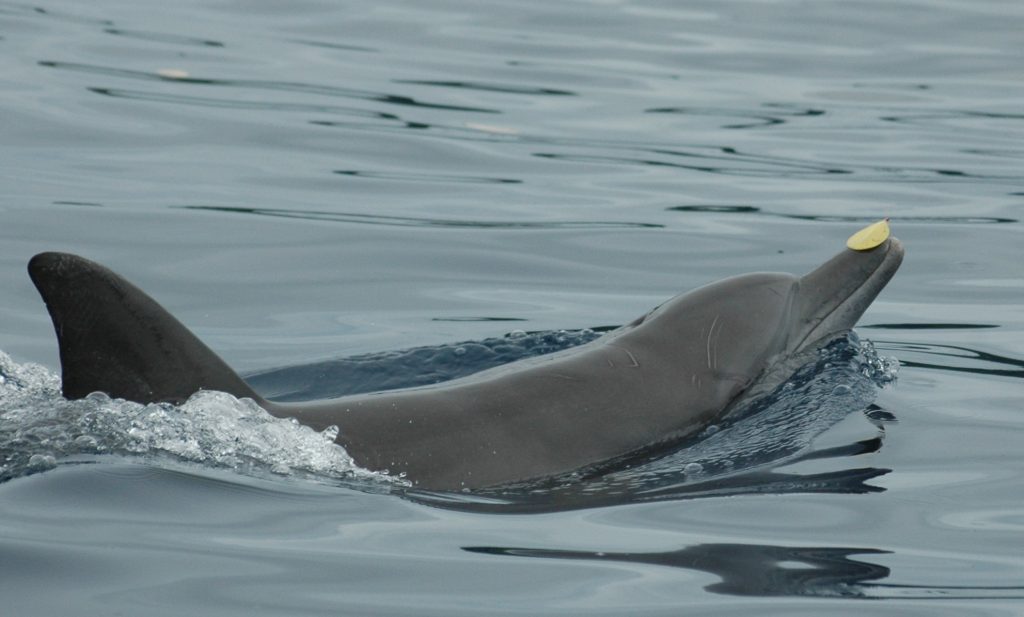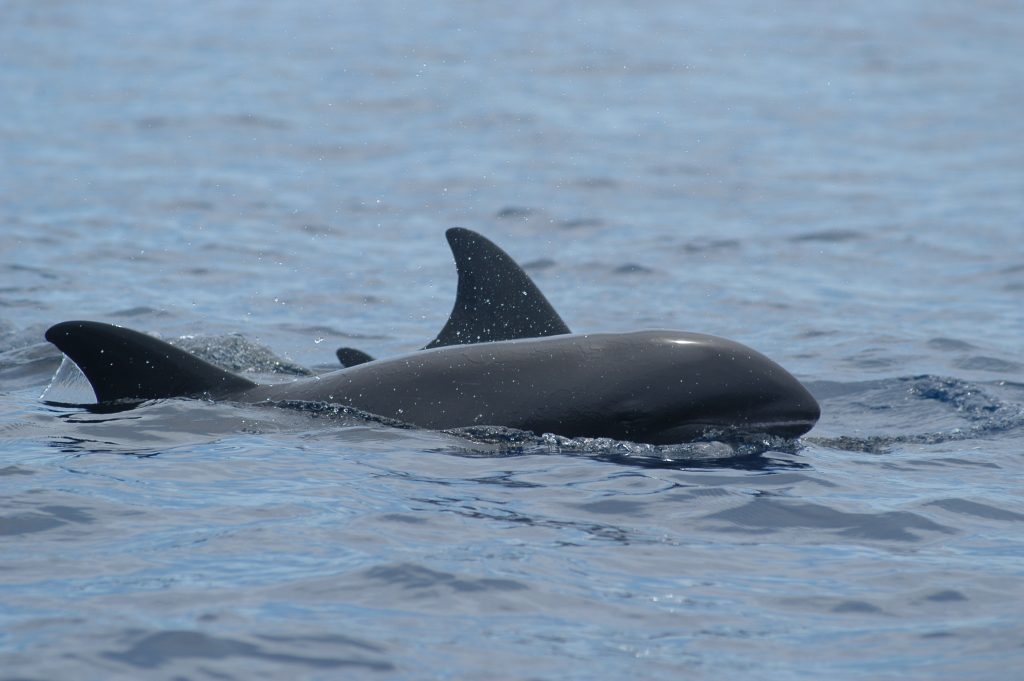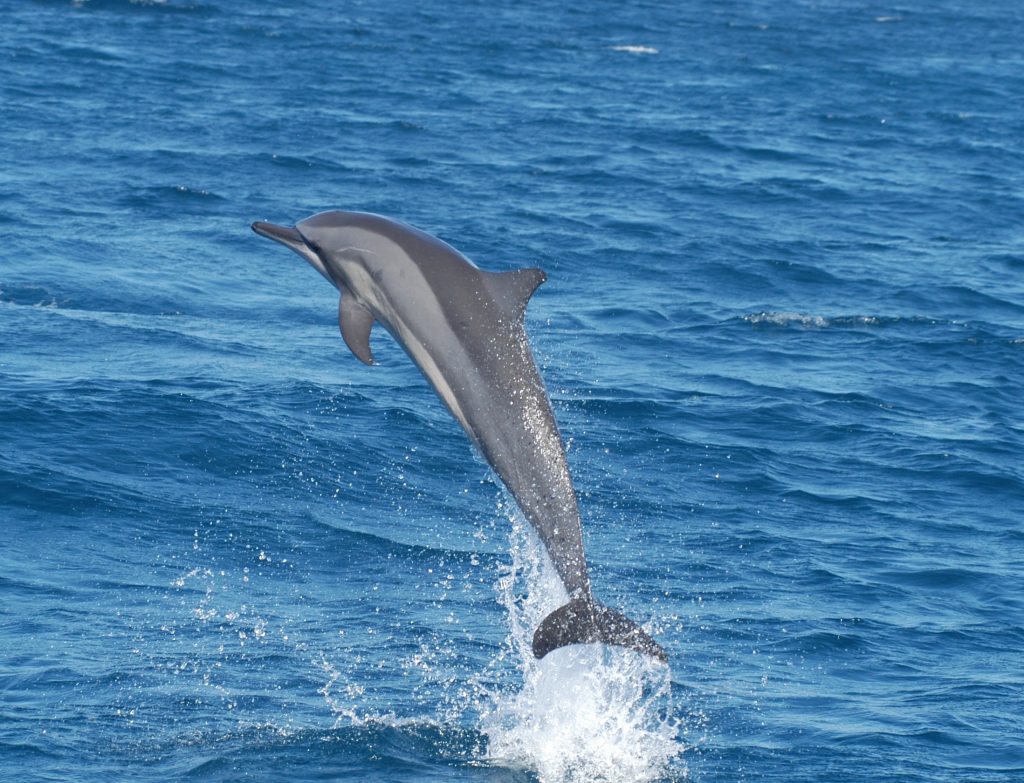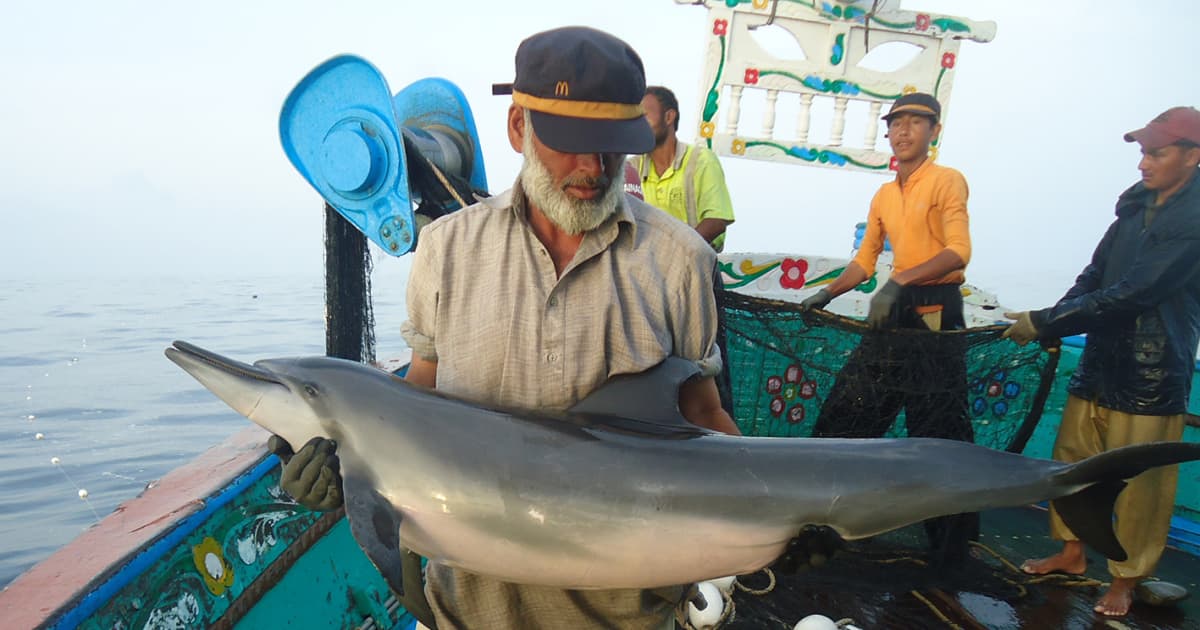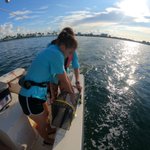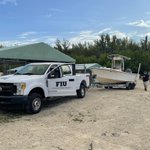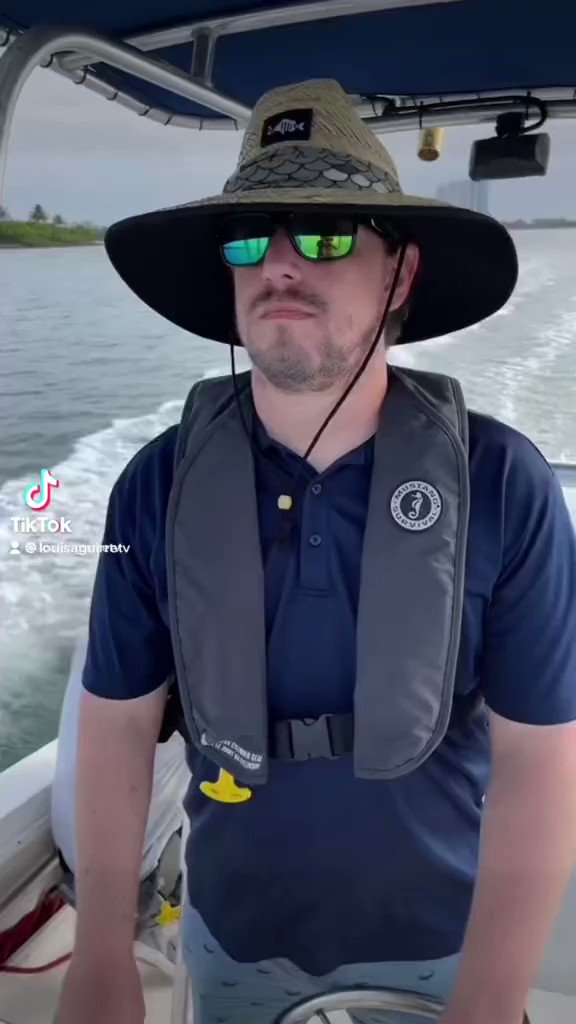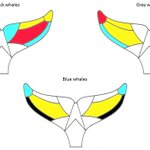Over the three decades, knowledge on the ecology and behavior of large marine vertebrates (large whales and sharks, sea turtles, pinnipeds) has dramatically increased, and we have today a great understanding of the movements of animals across multiple spatial and temporal scales.
This is primarily due to the technological development of tagging instruments, particularly those providing information on the large-scale movement of animals, primarily based on satellite and GPS telemetry.
Species
Bottlenose dolphins (Tursiops spp.), spinner dolphin (Stenella longirostris), common dolphin (Delphinus delphis), pantropical spotted dolphin (Stenella attenuata), melon-headed whale (Peponocephala electra) and others
Partners
Small cetaceans can also rarely be captured to properly attach relatively invasive tagging devices, or are simply too fast or too small to tolerate existing units.
Developing new behavioral tags to improve our understanding of the foraging ecology and behavior of small cetaceans
Behavioral tags with high definition dive profile loggers and cameras have substantially contributed to improve our understanding of fine-scale marine animal movements, bioenergetics, foraging tactics and social behavior. However, most existing devices that are commercially available (or ever tested) have been used on relatively large animals (e.g. whales) or species that can be caught and for which tags can be attached using pins or glue (sharks, pinnipeds, sea turtles). These devices are not usable for small and fast-moving small cetaceans, particularly dolphins for which the deployment of these tags should be done remotely with a tagging pole. Small cetaceans can also rarely be captured to properly attach relatively invasive tagging devices, or are simply too fast or too small to tolerate existing units.
This project will aim at developing and producing behavioral and camera tags for dolphins ranging in size from 1.5 to 3.5 meters, i.e. the smallest cetaceans.
As a result, our understanding of the movements, behavior, bioenergetics, and ecological roles of small cetaceans is primarily derived from surface observations (e.g. behavioral focal follows) or from biological samples collected from dead animals. This project will aim at developing and producing behavioral and camera tags for dolphins ranging in size from 1.5 to 3.5 meters, i.e. the smallest cetaceans. Such tags are unavailable on the market, and our goal is to develop and test those devices on both captive and free-ranging dolphins from different species and regions, where environmental conditions vary. Our various designs could potentially be suitable for a wide range of species from around the globe.
